An important part of an educator’s role is to confidently set achievable goals that consistently support a strong self-assessment and improvement process.
This not only helps an educator to grow their skills and understanding, try new approaches and be more open to challenging discussions that guide their work - this approach also creates higher quality outcomes for children, parents and the community.
Let me ask you something... have you ever tried to catch a ball, only to get blocked by someone?
You can’t help but feel disappointed because you nearly reached your goal to catch the ball, but you didn’t.
People (including you Empowered Ed!) face blocks all the time. It’s simply a part of everyday life.
You are reading this article or visiting my website because you have a goal to become more empowered and confident in your early childhood role. You want to learn and grow as an educator.
Or perhaps your goal is to use my weekly strategies and tips to tweak your planning and documentation process so you can stop taking work home on the weekends or evenings.
Or maybe you want to better understand the planning cycle steps and how to add playful learning activities and experiences to your program.
OR... none of the above. Individual goals are unique to those creating them and provide the direction and guidance that keep you moving forward toward achievements in your day to day life and work.
For many of us, it’s one thing to say we are going to set a goal but another to know how, where or even why we need to set a goal - especially in our work as educators... isn’t there enough to do already I hear you ask!?
But what if learning how to set achievable goals could actually help you save time in your work role by creating a consistent self-assessment and reflection process that ensured you could move forward with action steps rather than just feel overwhelmed and unmotivated?
You can do this Empowered Ed, but it starts with setting achievable goals and this can be tricky. I know this because I’ve struggled with this strategy for years!
Using Educator Goals for Self-Assessment & Quality Improvement Planning
As I’ve previously admitted to you a few times before on this blog I am a bit of a perfectionist and this tends to lead me toward setting epic goals that look awesome on paper…. but often don’t get realised, and unfortunately, just make me feel like a loser and unable to achieve what I originally set out to do. Harsh I know, but it’s the feeling I get. Maybe you feel this way sometimes too?
Perhaps you do this without realising what an epic goal v an achievable goal actually is and this is what is holding you back from goal setting, self-assessment and growing in your role as an educator?
Let’s use a couple of my own personal epic goals so I can show you the difference….and how you can become your own goal-setting guru just by following a few simple tips and dodging this common goal block in the process!
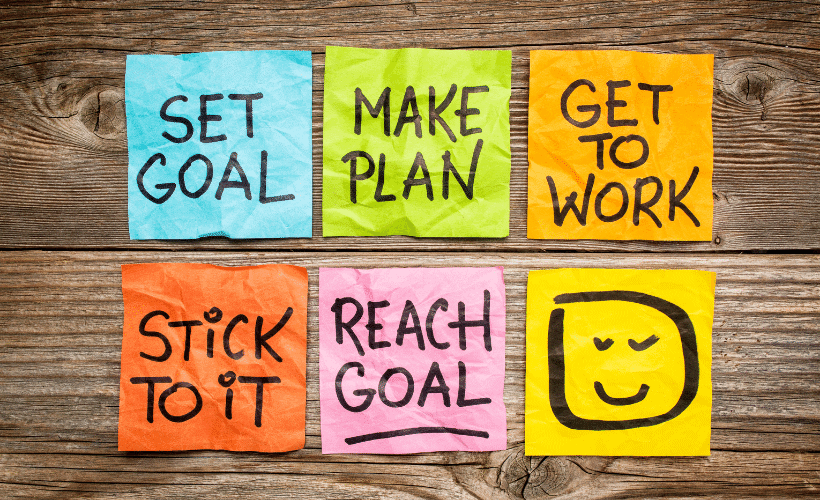
My Epic Goals


So I’ve picked my goals and I *might* achieve them but I’m not really sure how to start, what tools to use to help me and it’s probably likely that I am not going to follow through because I don’t have any specific steps or direction to follow.
I don’t even really know when I will complete these goals by or what will tell me I have reached them.




See what I mean? What I’ve done here with my ‘epic goals’ is create a likely opportunity for failure...and this is one of the blocks that often hold us back from attaining our goals….and then just throwing in the towel and giving up!

Falling short and the fear of failure will always be a possibility when we set a goal but we can overcome this thinking by breaking down our epic goals into smaller steps that will give us the opportunity to achieve some smaller but empowering wins along the way to achieving our main goal.
Jodie Clarke ‧ The Empowered Ed
The examples I shared with you are not what I would call achievable goals (even if they might seem realistic) and I still fall into this trap sometimes...it takes practice to set specific goals so if you have previously told anyone that will listen that ‘setting goals doesn’t work for me’ (if you are anything like me you probably found yourself saying these words during the first week of a new year after only days before declaring your new year resolutions!) it’s time to revisit and reflect on that thinking...and I’ll help you do it with some of the simple tips I’m sharing below.
Shifting your thinking to setting both realistic and achievable goals can seem difficult and time-consuming at first… not to mention boring right? But that’s why I’m giving you a step by step process and a free mini-goal setting guide to follow to keep you motivated.
I recently went into more detail about using this goal-setting strategy to prepare for an assessment or rating visit (as an individual or team), in my member-only mentor workshop ‘Action Before Assessment’ inside Member Hub.
Members, you will also find it helpful to download the new ‘Action Before Assessment’ E-Guide as I’ve included lots of templates, checklists and info in there to help you break down your steps and set up processes to show evidence of ongoing self-assessment, improvements, strengths and achievements.
If you are not yet a member yet, don’t worry, you can still get started using the tips I’ve shared for you below. I’m also giving you a couple of the pages out of my brand new action before assessment guide for free so there are no excuses not to get started with your epic v achievable goal setting! Click here or on the image below and tell me where to send your copy.
One of the easiest ways to create a habit of setting a specific goal is to follow the SMART system. You can see the steps to follow in the image.
The SMART system breaks goal setting down into 5 simple steps that lead you toward a successful and achievable outcome instead of almost certain failure if you only focus on setting ‘epic goals’.
If you need help to further break down this process into doable steps - try using a visual ladder activity like the one I recently shared in my member workshop.
Make a Monthly Goal Ladder
Draw a ladder on your piece of paper (or use the ladder in my freebie mini-goal setting guide here).
Refer to the SMART goal strategy to help you create a goal and the action steps you will take.
Write down what you want to achieve (your achievable goal) at the top of the ladder and the indicator that will help you know when you have achieved your goal. I call this a ‘success indicator’.
Now brainstorm how you are going to climb the ladder to get there. A sticky note post it activity like this one is fantastic for this!
Write down your first action step on the bottom rung of your ladder. Make it succinct - don’t tell a story.
6. Now move up to the second rung on your ladder and outline your next goal and the action steps you need to take by asking yourself the same questions.
7. Continue breaking down your ‘epic’ goal into smaller more achievable steps by adding to each rung of your ladder until you reach the top.
8. Keep your action steps small and achievable to help motivate you as you climb that ladder.
(
I hope that you have found this guide helpful and setting goals seems a little less complicated and more useful to you now.
I have gone through a similar journey that you are on with goal setting and trust me when I say I now understand how setting vague and epic goals can quickly lead to self-doubt, frustration and a sense of overwhelm if we aren’t aware of them! So please use your self-assessment and reflection process to make sure you don’t fall into this common “pothole” as you try to reach your goals!
This is especially relevant for educators or teams preparing for an assessment visit and completing a quality improvement plan.
In the next blog in this series, I’m sharing some strategies and steps you can take to use goals and self-assessment as part of a quality improvement plan process.
It’s not time-consuming and it’s not difficult - just a series of simple steps to follow each time - (individually or as a team) that will ensure you can easily show evidence of how you use reflection to consistently inform and recognise strengths, changes and improvements to your practice and service.
Hub members, you can already see how I put together this step by step process (and the matching forms to use) for you to follow that will enable you to show evidence of ongoing self-assessment and improvements when you watch the new assessment e-guide tutorial video. I walk you through how to use the templates and create your own process - as an individual educator or as part of a team.
I even numbered the forms for you so you just have to follow the steps! Watch it here when next logged into your member hub.
After reading this do you now think setting ‘epic goals’ might be a block causing frustration for you? What are you going to do about it? Tell me in the comments below!

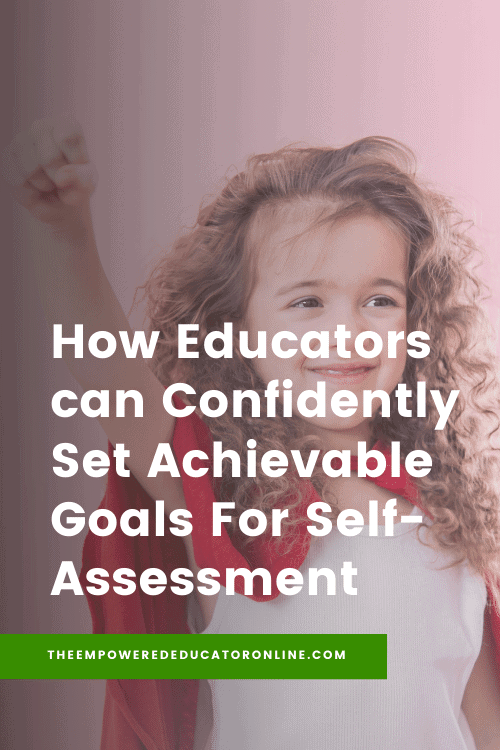
A Little About Me
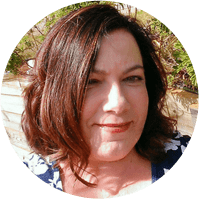
Jodie Clarke is an early childhood professional supporting educators who want and need to stay passionate about the work they do! She has 30 years hands-on experience in the early childhood and human services sectors across many different roles.
Jodie is mum to 3 in Australia and has already helped thousands of educators with their work through her popular blog posts, activity ideas, online training and e-books.
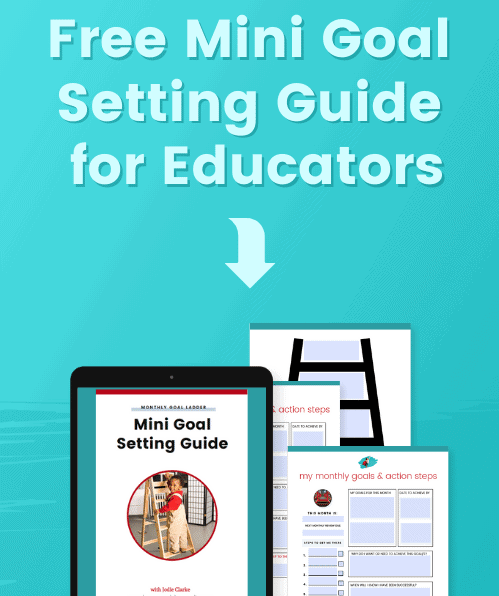
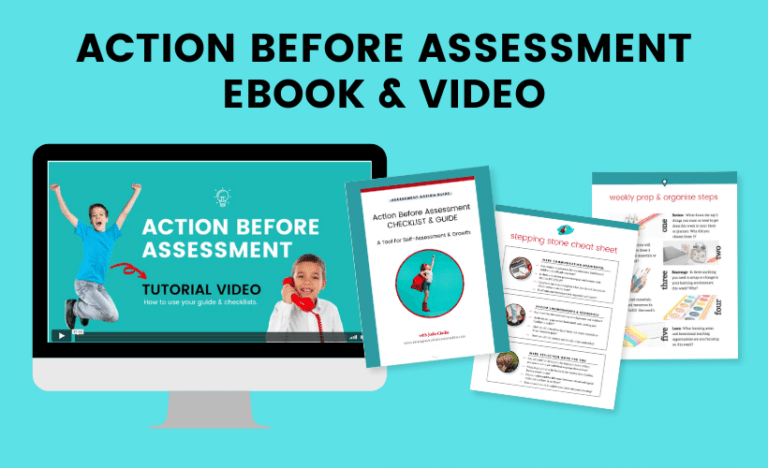
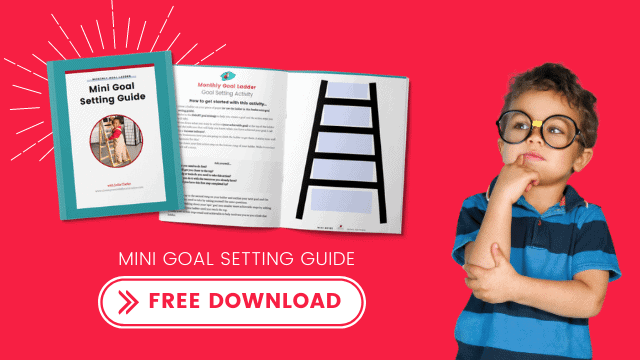
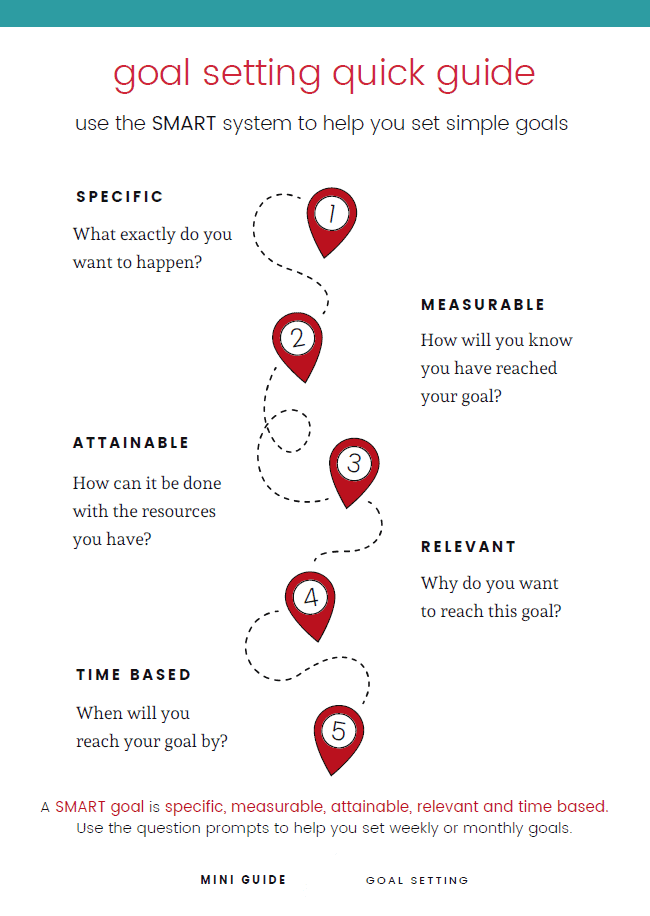
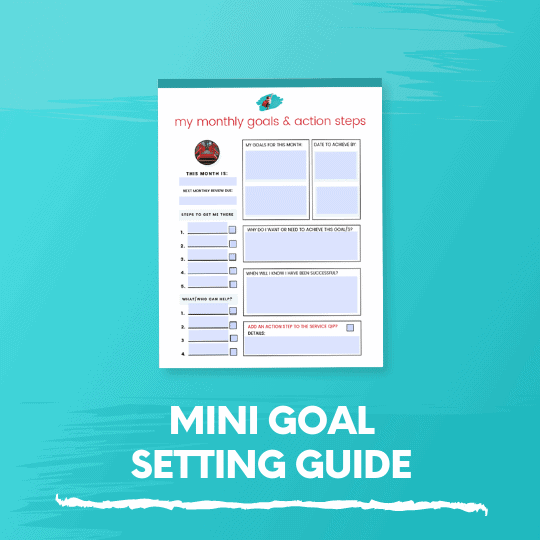
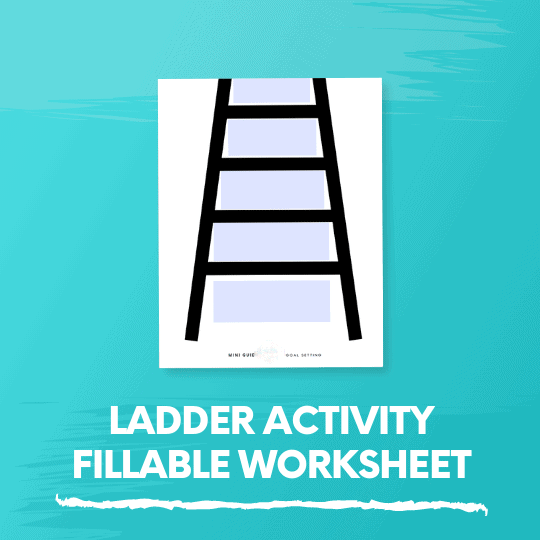
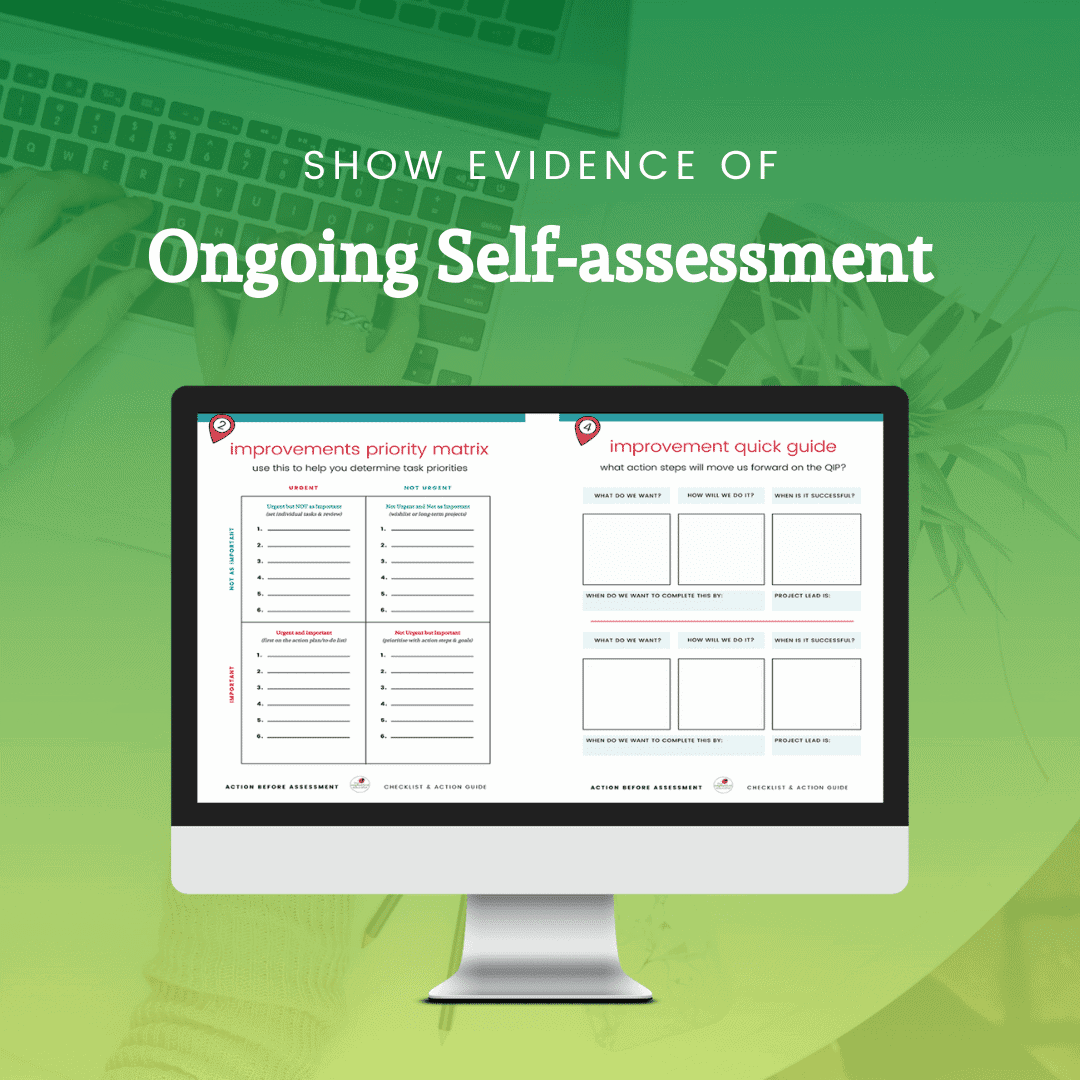

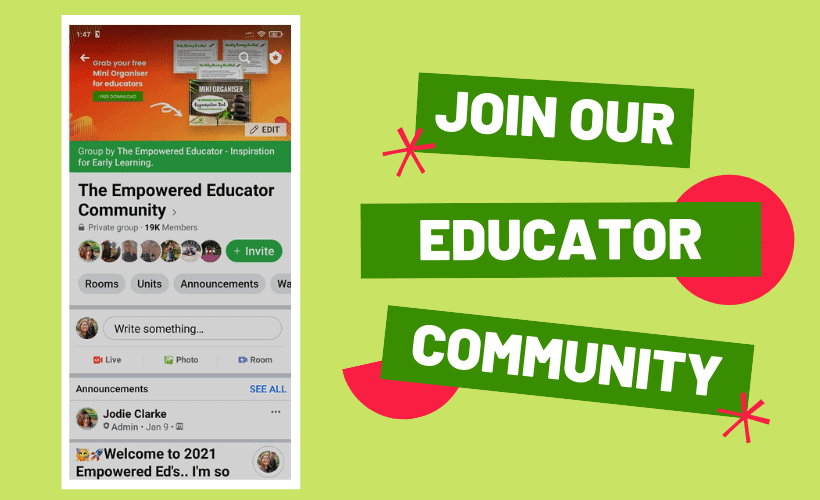
Leave a Reply